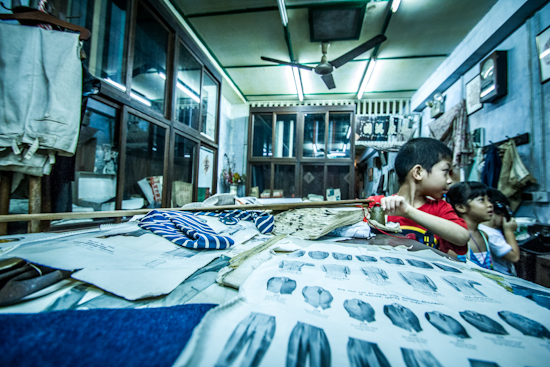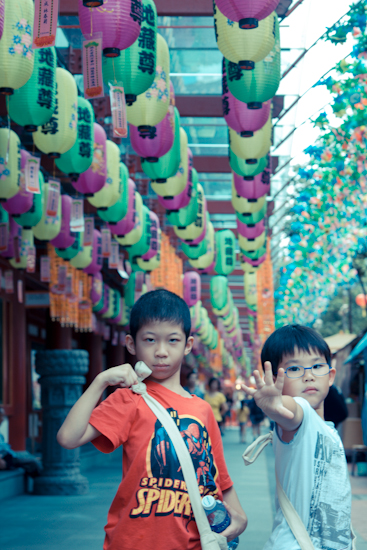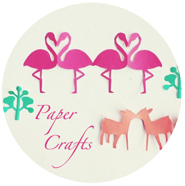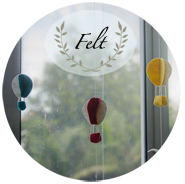
Did you know that the ethnic quarters of Little India was not assigned to the Indian Community in Stamford Raffles’ town plan? It was only when Chinatown became overcrowded that Little India became populated with Indians. So the first Indians that came to Singapore resided in the areas of Chinatown, and not in Little India.
There were many other snippets of facts about the place that Pauline and I learnt along with our kids as we took our walking tour down the streets of Little India.

While walking through the Tekka Market towards Buffalo and Kerbau Roads, we came across many goldsmith shops. Gold is symbolic to the Indian community, and is never worn on their feet or toes.

Not considering to get any gold?Then how about these pretty glittery bangles for a couple of dollars?

If your budget allows, take your pick from the bright colors and luxurious fabrics to make a sari for yourself.

Amid the rich colors of fabrics , pungent fragrances of spices, we spotted blooms of jasmine, roses, chrysanthemums strung together in flower garlands. These flower garlands have a traditional role in every Hindu festival, where the Indians will use to worship their Hindu gods.

The kids were fascinated with the garish and intricate details on the buildings at the side of Sri Veeramakaliamman Temple, where they spotted images of the HIndu goddess Kali, with her many hands (who is known as the destroyer of evil in the Hindu religion) spearing her foes and a lion feasting on her enemy.
Sri Veeramakaliamman Temple is one of the oldest Hindu temples in Singapore built by Tamil laborers. Apparently the interior of the temple has various scenes of goddess Kali in vicious acts of punishments, so we figured looking at the details outside the temple was more than enough for the kids to take in.

A trip to little India is not complete without a visit to Tekka Centre, which is located at the junction of Serangoon Road and Rochor Road. We had our lunch of local fare and got a set of Indian costumes for the kids to be decked up for their next Racial Harmony Day to be celebrated in their schools.

And what was the other souvenir the kids got from Little India?
A temporary Henna tattoo!

Henna is a paste made out of crushed leaves and twigs of henna plant, the paste is drawn on the skin by the henna artist, left on for about 10 minutes to dry and then washed off with hot water. What’s left on the skin is a orangey, dark maroon stain which fades away in about 1 week.
We got the henna art for the kids at about $5 each, a steal, considering how thrilled the kids were with their temporary tattoo.

We completed our walkabout of Little India, including lunch and shopping at Tekka market in about 4 hours. If you are bored of the run of the mill play-gyms or shopping malls, Little India is highly recommended for a cultural experience for kids above 4 years of age.













































